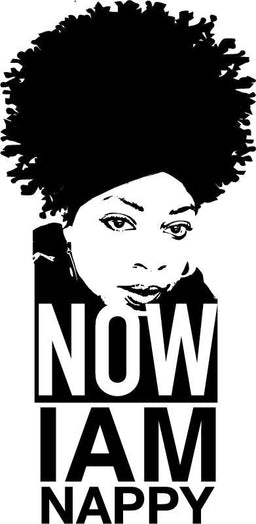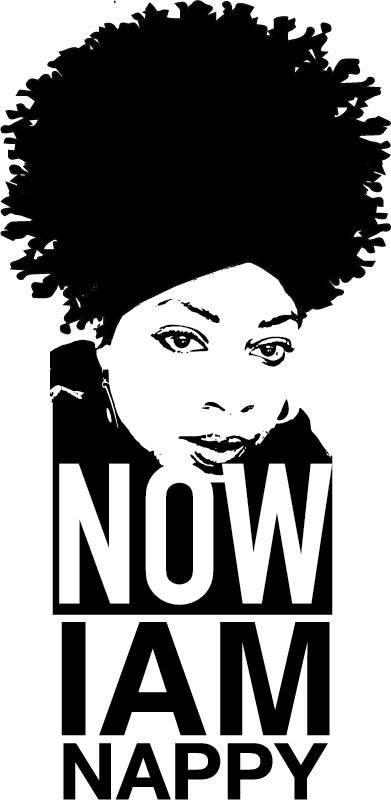Henna is a flowering plant scientifically known as Lawsonia Inermis. The leaves of henna are used to dye skin, fingernails, hair, and wool. What properties in henna leaves causes them to stain?

Henna leaves contain the compound 2-hydroxy-1,4-naphthoquinone, also known as lawsone or hennotannic acid. The lawsone molecules are released only when the leaves are crushed with a mildly acidic liquid. So, in order to activate the henna paste, crushed henna powder along with tea or lemon (acidic liquid) must be used. The dye release process can take hours up to a day in normal conditions but can be sped up by adjusting to warmer conditions (hot acidic liquids). The lawsone will gradually migrate from the henna paste into the outer layer of the skin or hair and bind to the proteins in it, creating a stain. After the henna paste is removed from the hair or skin, it will produce a brighter orange stain on the skin or light colored (even gray) hairs. After about 48 hours, the color oxidizes to a darker brownish, reddish shade. The henna color in your hair stays permanently while on the skin the color fades in about 3-5 weeks.
Protein Treatment or Not?

Many naturals who have tried henna have noticed or complained that their hair felt dry and hard after doing a henna treatment. Does this mean that henna is a protein treatment? Simply put, No! Henna is not a protein treatment. However, it works to strengthen the hair like protein. It contains tannin molecules that bind to the keratin fibers in the hair and winds around them, making the strands physically stronger. Thus, the hair feels similar to a protein treatment. Because of this, many naturals have switched from a full henna treatment to a henna gloss. The gloss refers to adding conditioning and moisturizing ingredients such as moisturizing conditioners, yogurt, or coconut milk to their henna mixture.
Henna gloss vs Henna-ing
Henna gloss offers a quick, conditioning and strengthening treatment with the benefits of a subtle color change. While a full henna application requires more time and effort, the results are stronger and more vivid, shinier hair.
So, if you’re new to the world of henna, try a henna gloss first before committing to the full henna treatment.
Also, the henna gloss is not just about color and luster, there are some amazing hair benefits too
Conditions hair: henna + conditioner equals protein and moisture balance
Adds a subtle color change and creates a vibrant shine.
Henna coats the hair shaft, giving it more body and making it visibly fuller.
Tames flyaways and makes hair softer, smoother and healthier.
Reduces split ends
Gives faint gray coverage
Henna helps remove dandruff and cure itchy scalp
It is important to note when using henna as a hair dye to use 100% pure body art quality henna. Many companies use low-quality mixtures that contain metals, dyes, or additives to make the dye stain stronger. Note that henna leaves only produce one color, so box henna’s that claim to dye multiple colors have other ingredients added. Not all pre-mixed hennas are bad; some companies use amla, indigo, salts, or other herbs to attain the color, so make sure to use a reputable company known for their high-quality hennas like LUSH Cosmetics, BelleBarOrganic, or Hennasooq.
How to Use:
Henna Gloss


